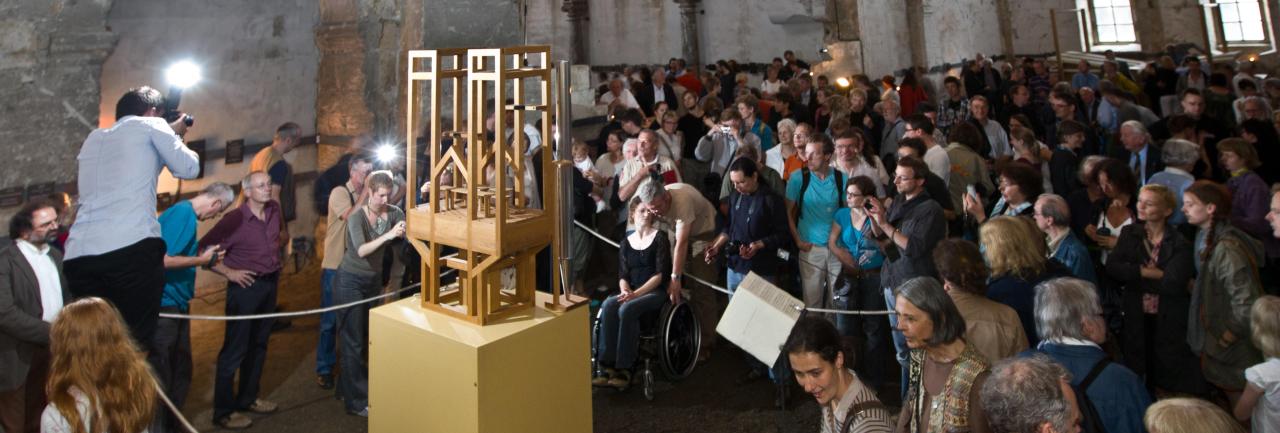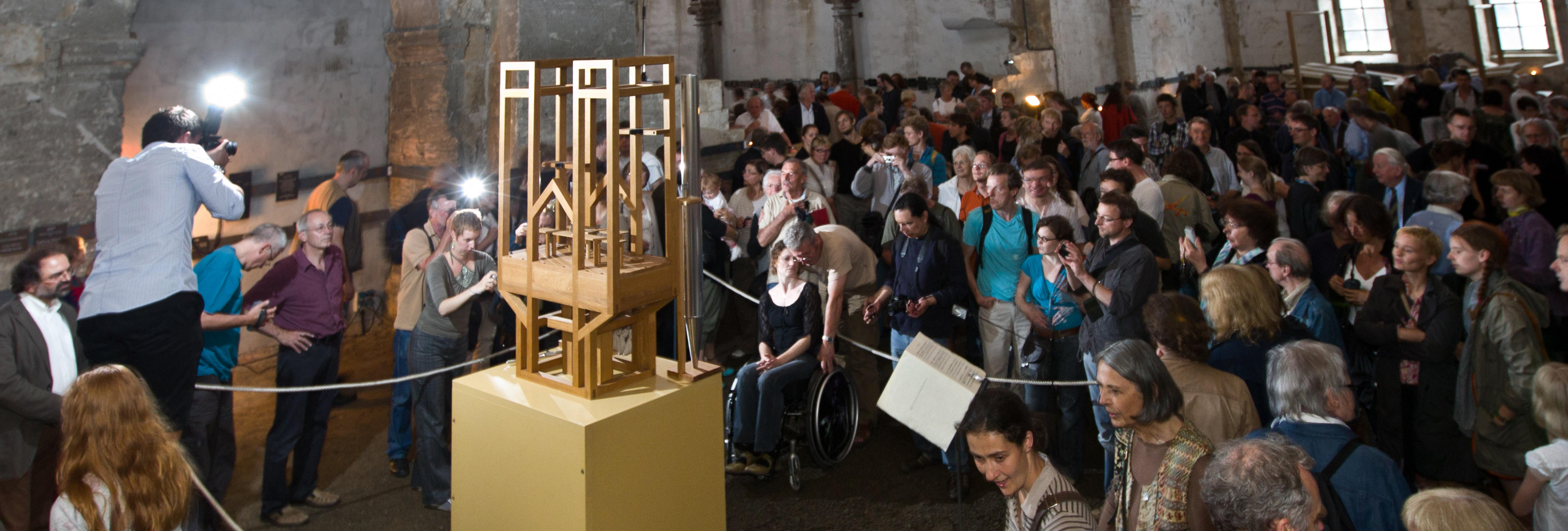In the year 2000, in a small east German town, work began on the construction of an organ that had one purpose: to perform John Cage’s ORGAN2/ASLSP (1987) for precisely 639 years. The late avant-garde composer’s only instruction for the piece was to play the piece ‘as slowly as possible’. And so in 2001 – the instrument finally ready – the world’s longest organ recital began in St Burchardi church, Halberstadt, with a rest lasting 17 months before the first chord commenced droning in 2003. It consisted of two G sharps and a B. Two weeks ago, I – along with several hundred others – made the pilgrimage to the town to witness the work’s latest chord change.
In theory, a pipe organ can sound indefinitely, so long as it receives adequate power and its pedals are pressed continually. To eliminate the need for an organist, a system of sandbags suspended by strings delivers this pressure in Halberstadt. Thus, the only threats to this performance are the survival of the organ, the will of the unborn and the erratic tides of arts funding.
The next day, a D natural was due. The excitement was palpable
I first entered the church a day prior to the sound change. At the gates, a lone homeless man yelled at no one. Inside, the chord we heard consisted of a C, a D flat, a D sharp, an E, an A sharp and another E, which had been playing, unchanged, since early February 2022. The next day, a D natural was due. The anticipation was palpable, with at least six other tourists wandering the cold brick hall, there to hear the final hours of this loud and, after a time, torturous sound. Their expressions were a mix of awe and regret. A composer I met later very patiently explained the basis of this torture: ‘a low chromatic cluster with higher added notes that don’t really function as overtones, but were probably thought of as formants by the composer’.








Comments
Join the debate for just £1 a month
Be part of the conversation with other Spectator readers by getting your first three months for £3.
UNLOCK ACCESS Just £1 a monthAlready a subscriber? Log in